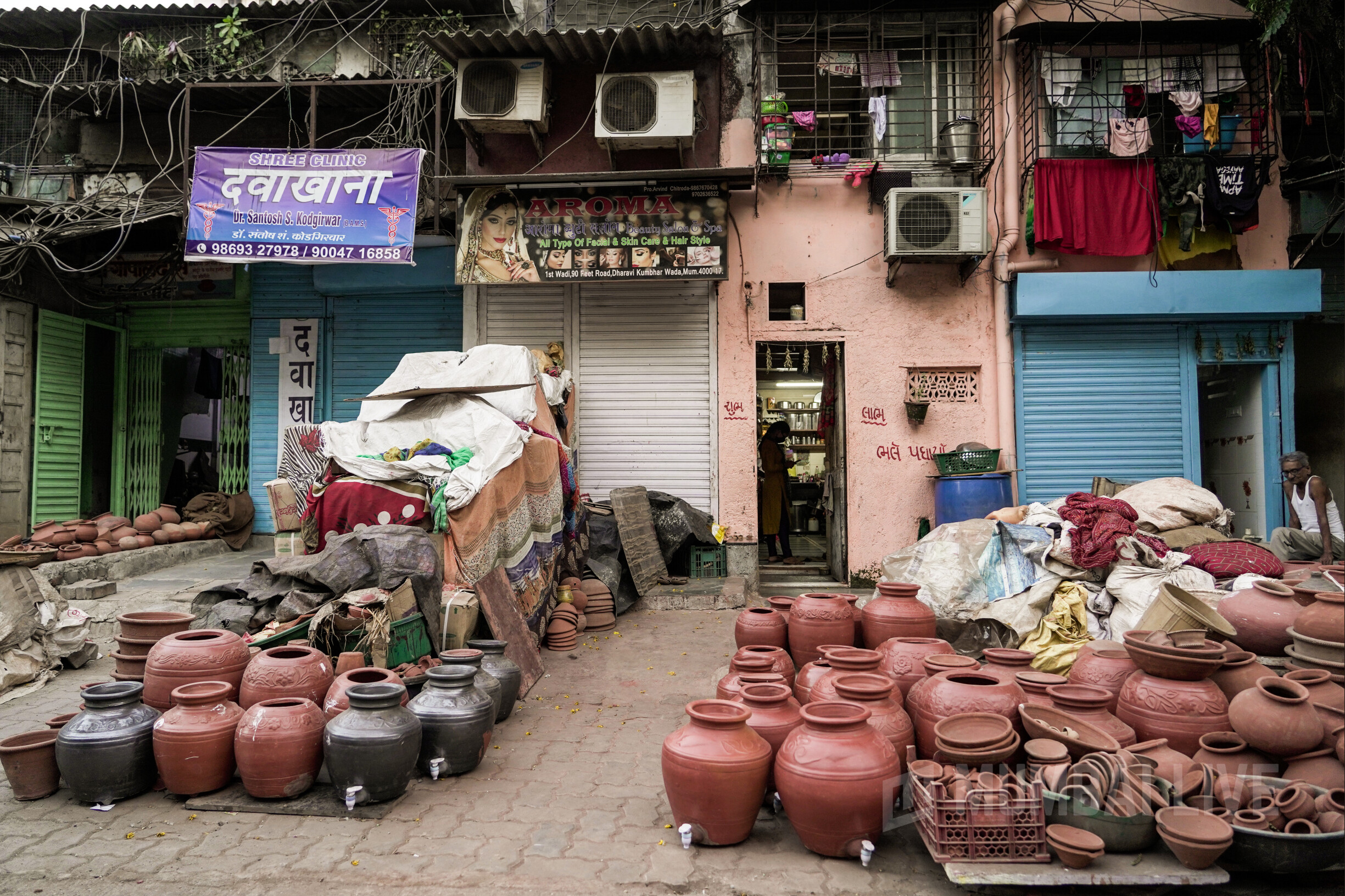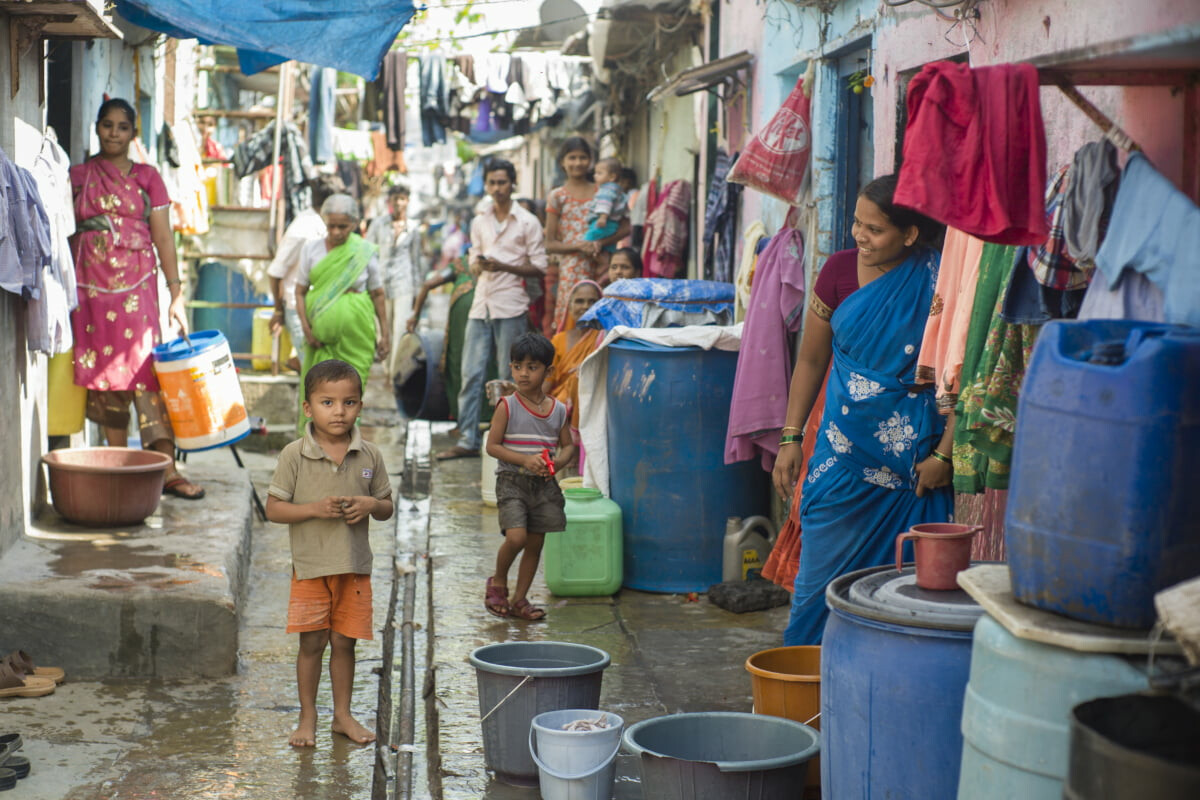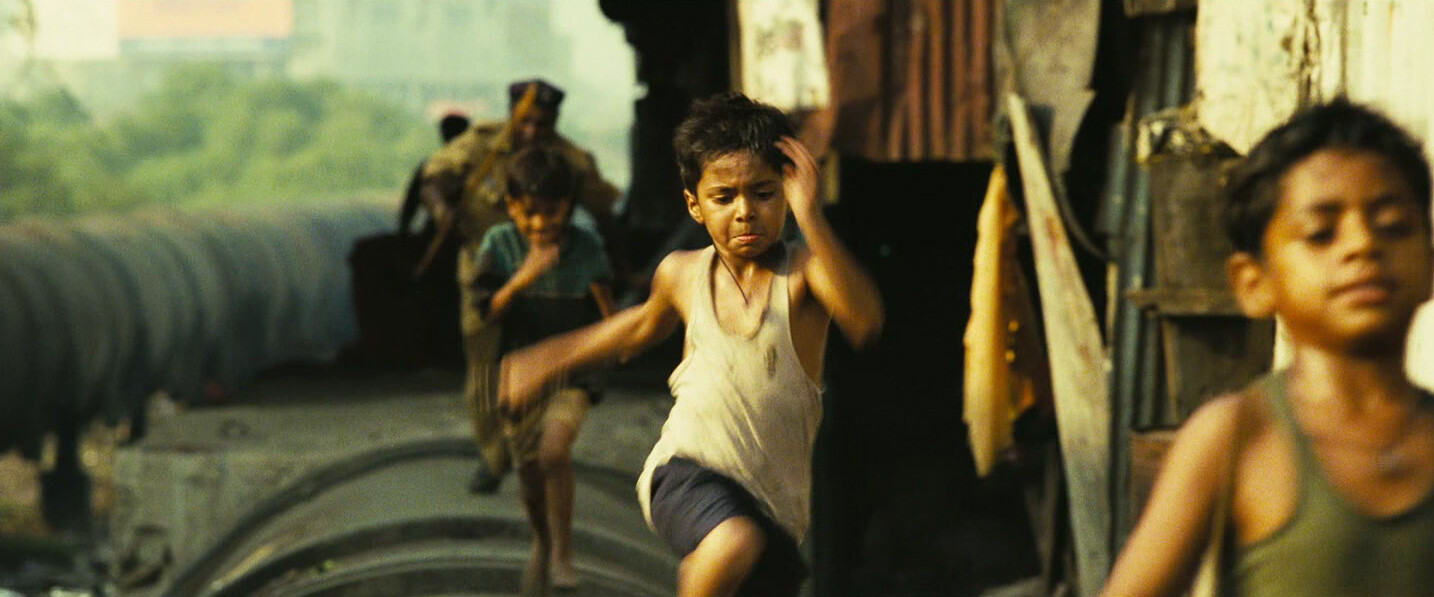Popular as Asia's largest slum, Dharavi, is one of the important locations in Mumbai which puts the city on a global map. Spread over an area of more than 2.1 square kilometres, Dharavi has a population of more than a million people, and is touted to be one of the most densely populated localities globally.
History states that the Dharavi slums were founded during the British colonial era in 1884, post which several factories were opened here. This brought people to live in this area, soon becoming popular among the citizens. Residential structures were then formed as many people from different parts of rural India showed interest in migrating to this part of urban Mumbai, eventually leading to colonisation.
Over this years, this led to the slums becoming highly dense with people from different ethnicities and diversities.
Today, Dharavi has become a hub for many businesses and supports the economy for several small scale industries operating in the slums. Businesses here are known to offer job opportunities to in leather and textile industry. On the other hand, the locality is rich in manufacturing goods from multiple sectors.

Reports state that the estimated financial turnover from this part of Mumbai is more than 1 billion USD.
However, the densely popular locality has its own implications, as the residents here suffer from health related problems during the monsoons, epidemics and other disasters. Spread of infections every year during the rain is quite common and poor sanitation only leads to further complications. Data related to the 1896 plague spread shows that states that many suffered during this incident due to the sanitation issues.

Meanwhile, some sources also state that despite being densely populated the slums have recorded a literacy rate of 69 per cent making it one of the most educated slums in the country.
On the cultural front, a non-profit organisation from the city hosts a 3-week art fest called ‘Dharavi Biennale’ focused towards celebrating the creativity of local artists. Recently, the world has also understood the growing hip-hop culture in the slums, after Zoya Akhtar made a film titled 'Gully Boy' showcasing the struggle and talent of the rap artists. This film is said to have changed the fate for m any underground artists in the city. Besides this, many other films like Slumdog Millionaire, Deewar, Salaam Bombay, Parinda, and others were shot in the slums.

Explaining the living conditions in a research paper, Denis Gruber and his team, in the April 2005 published 'Living and Working in the Slums of Mumbai' said, "From the main road leading through Dharavi, the place makes a desperate impression. This is also due to the contrast to some high-rise buildings and the most recent Bandra-Kurla business and shopping complex adjacent to Dharavi. However, once having entered the narrow lanes Dharavi proves that the prejudice of slums as dirty, underdeveloped, and criminal places does not fit real living conditions. Sure, communal sanitation blocks that are mostly in a miserable condition and overcrowded space do not comfort the living. Inside the huts, it is, however, very clean, and some huts share some elements of beauty. Nice curtains at the windows and balconies covered by flowers and plants indicate that people try to arrange their homes as cosy and comfortable as possible."
Thousands of tourists visit the slums making it one of the most popularly visited places in Mumbai. Famous among the foreigners, Dharavi has been reported and shown in several documentaries since it is the third largest slum in the world.





